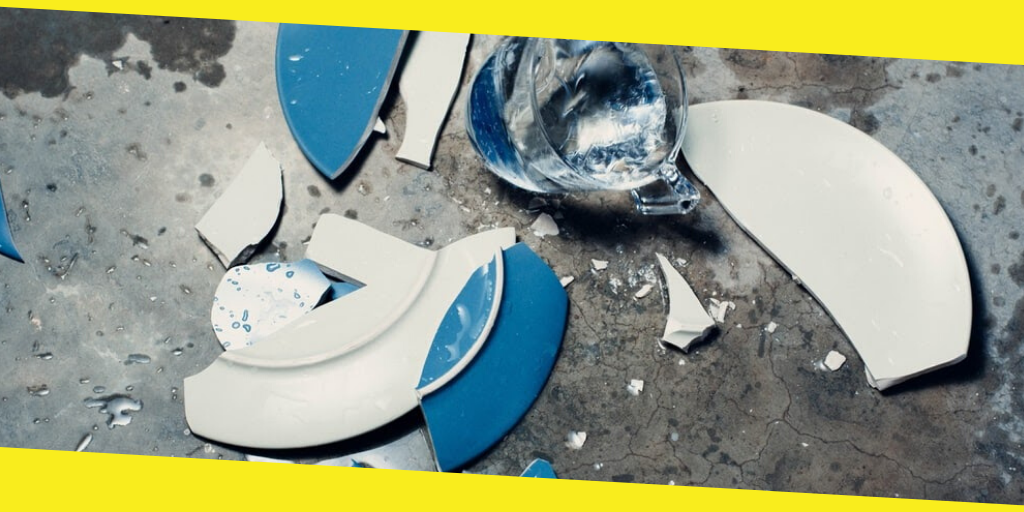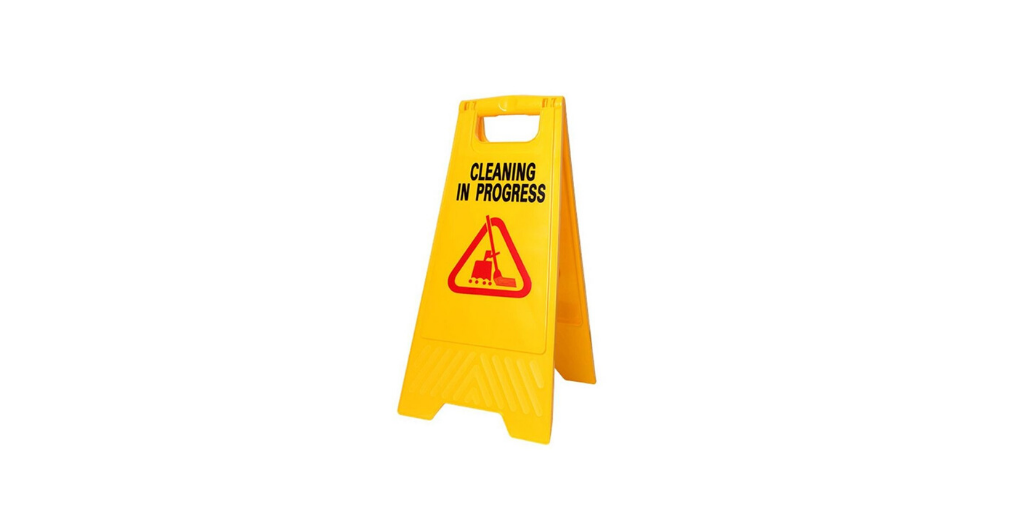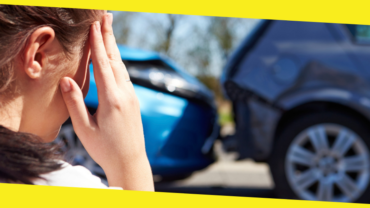Slip & Fall Accidents: What You Need to Prove

If you were involved in an accident on someone else’s property due to their carelessness or negligence, you’re probably wondering about your legal rights. If you were injured, the chances are you’re dealing with medical costs and other damages.
You may be entitled to compensation. You can recover your damages by pursuing an insurance settlement or by filing a personal injury lawsuit. In either case, you’ll have to prove a few things to win.
Contents
ToggleKey Concerns
There are two essential liability questions involved with slip and fall cases:
- Who are the potentially liable parties involved?
- Were they negligent (did they cause or fail to prevent the slip and fall?)
Property owners are responsible for recognizing and fixing any dangerous conditions such as a pothole or uneven walking service. If they failed to respond to the problem, the question remains whether or not a reasonable person would have identified the condition as hazardous.
In other cases, a property owner or their employee may cause a dangerous condition by leaving an obstacle in a path or failing to put a sign over a wet floor.
To win the case, you’re going to have to argue that a party is responsible for injuries that you suffered because they were careless. This isn’t always easy.
Proving Negligence
For your case to have merits, the property owner involved must have failed to act as a reasonably prudent person would have acted under the same circumstances for your situation. There are some questions that any potential plaintiff should consider before taking action on a claim.
- Did the hazardous condition exist long enough that someone could have had time to react?
- Does the business have a policy to check for potential hazards on the property routinely? If so, is there a log or record of the procedure from before the incident?
- Was there a reasonable justification for the creation of the hazard?
- Could preventative measures be taken (warning sign)?
- Was poor lighting or visibility a factor in the accident?

Proving That You Didn’t Cause the Accident Yourself
A property owner may not want their liability insurance to cover the costs of the slip and fall accident. They could argue that you’re responsible for the incident that led to your injuries.
This argument is known as “comparative fault”, and this will affect any plaintiff’s ability to recover compensation. If they’re found to be 25% at fault, then they will only receive 75% of damages.
In some states, the plaintiff will be barred from collecting any damages if they’re found to have had any degree of responsibility for the accident. It’s essential to be aware of how your state rules on the issue.
When determining whether or not you might be responsible for the accident, ask yourself the following questions:
- Did you engage in any activity (texting, talking) that might have prevented you from noticing the hazard?
- Did you have lawful access to where the accident occurred?
- Were there adequate warning signs posted, or did you ignore other safety measures?
If the defense can prove that you were responsible for the accident because you were careless, then you’re likely to lose the claim.
Conclusion
It’s important to know whether or not you were the one responsible for causing the accident. If you need a better grasp on the legal issues involved in these slip and fall cases, you may want to visit your lawyer or contact an attorney that specializes in personal injury.
Recommended For You
Surprise Ways a Car Accident Can Cost You
Most Inside
Most Inside offers high-quality recommendations and valuable updates to enhance all aspects of your life, providing premium guidance and enriching experiences.




